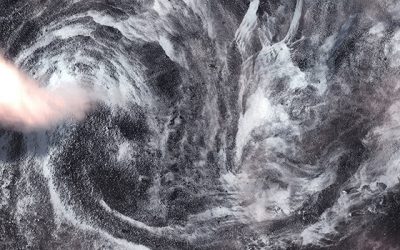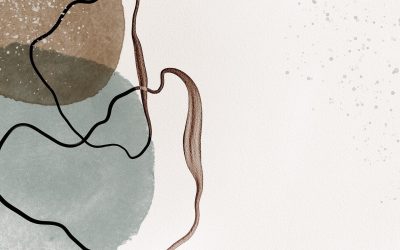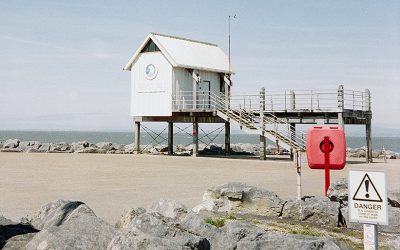Unpacking urban AI’s genealogy, dynamics, and implications will be a programmatic responsibility for urban studies. This will take time, and the need for cautious, rigorous analysis will help avoid the trap of too quickly embracing utopian imaginaries or dystopian visions of AI’s benefits and dangers. However, we must also carefully scrutinise other ‘post-smart’ technological trajectories that are less visible yet actively operationalising selected milieus, humans, and more-than-human urban life. This talk offers a critical reflection on the current state of the urban technological landscape and its potential future development. Specifically, I look through the lens of the Australian context, which is becoming hotter and more prone to extreme heat, bushfires, droughts, and floods, where existing and new technologies are being repurposed and assembled to enable humans to ‘live with’ climate change. These responses are of broader relevance and emblematic of systemic shifts in constructing new urban operational capacities that pose stimulating challenges to urban studies. The talk explores three themes: i) Climate crisis has brought into focus our relationships with each other, with non-human life, with materials and the atmosphere, and all increasingly mediated through technology, as we need to find new ways of living with climate change. ii) A bricolage of responses is emerging as existing technologies are being reworked, tested, and applied to create novel operational capacities to manage many aspects of urban life. The talk focuses on five extensions in urban ‘techno-social’ capacities in which AI is frequently entangled: a). the secure reproduction of more-than-human life in artificial ecosystems, b) the technical governance of the elemental and atmospheric milieu, c). the remaking of mundane urban surfaces as infrastructures, d) new rounds of investment in drones, kinetic machines, and robotically enabled automation, and e) the neurotechnically enabled integration of urban humans within technological systems. iii) The paper reflects on the critical challenges of this extended technisation of urban life, the challenges of meaningfully keeping ‘humans in the loop’ and what this means for future research on AI in urban studies.
Uncertain Climates: An Interdisciplinary Roundtable
Cemore, in collaboration with the Centre for Science Studies is pleased to invite colleagues to join an...




